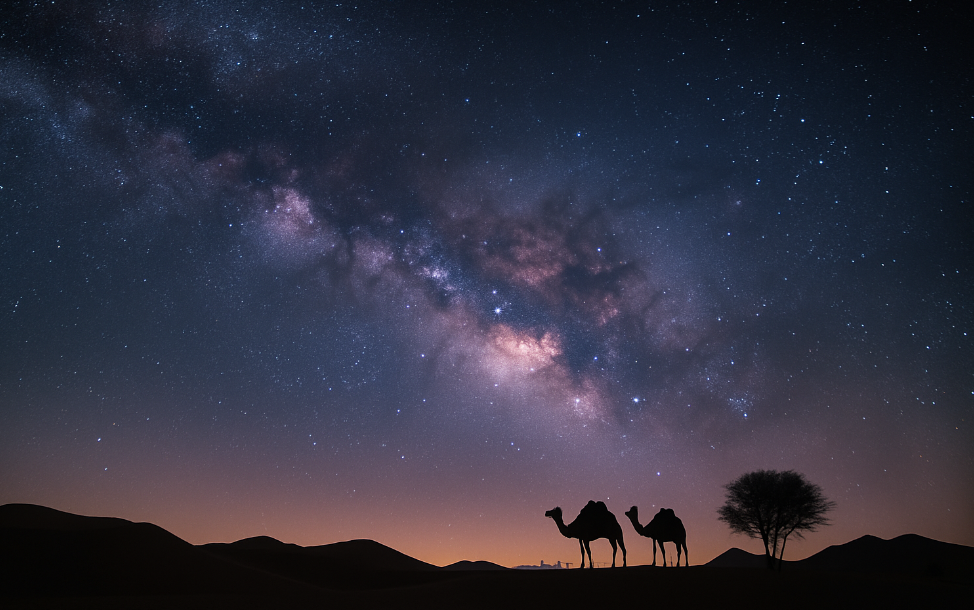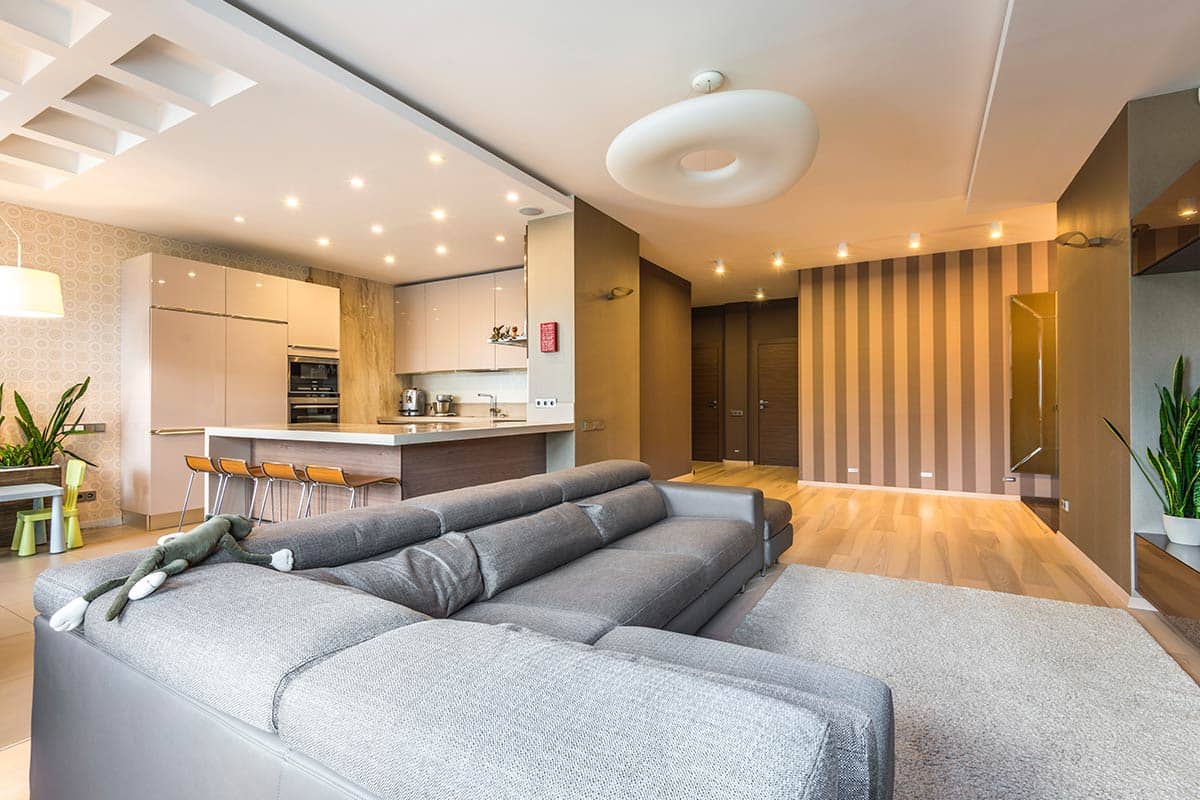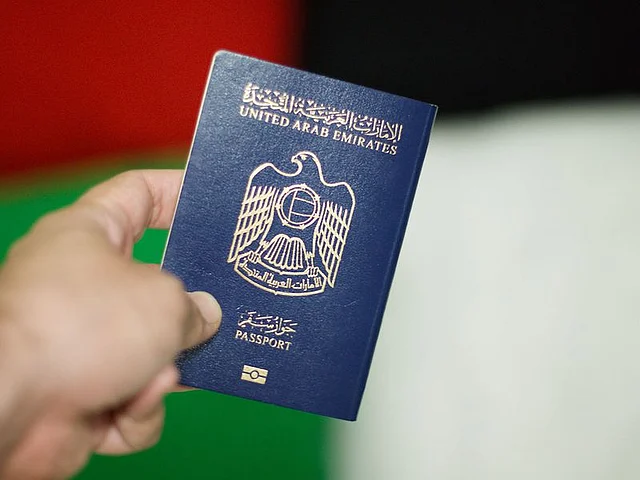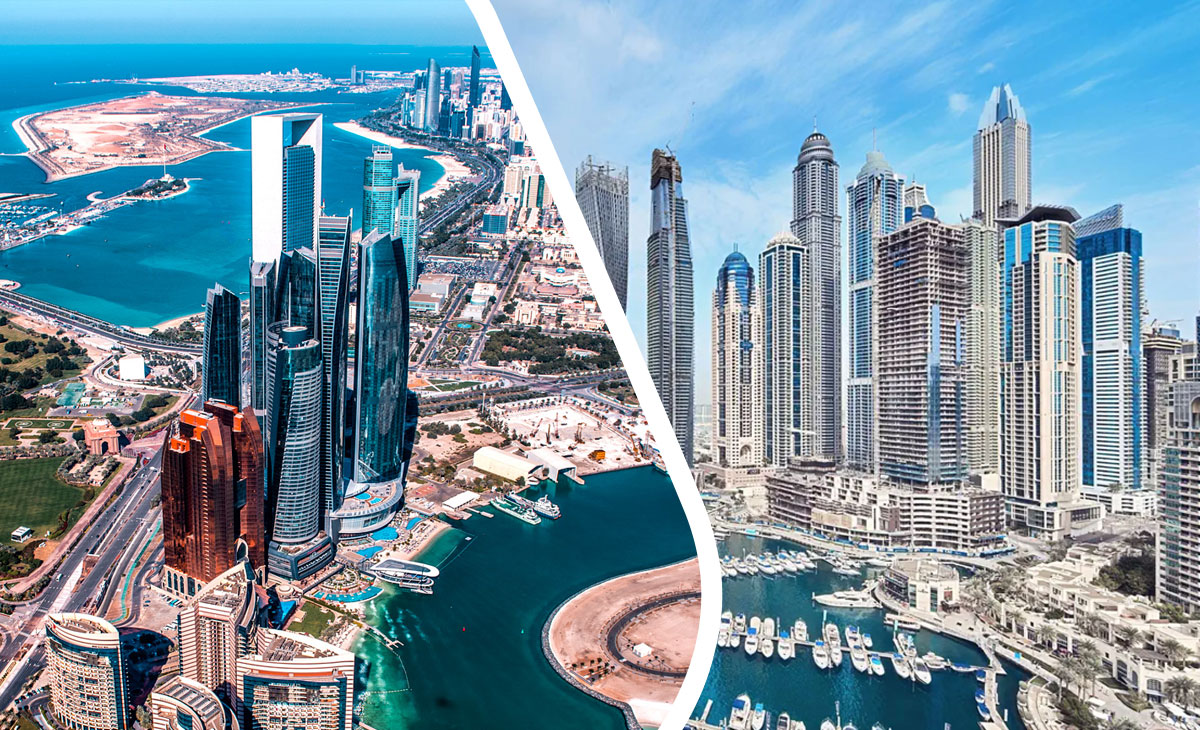10 Prime Locations to View the Milky Way in the UAE (May–October 2025)
Experience the Galaxy—Right Here in the UAE
Between May and October, the UAE becomes one of the best places on Earth to view the Milky Way. With low humidity, clear skies, and wide-open desert landscapes, stargazers and photographers have a rare chance to see our galaxy’s core light up the night. From rugged mountains to remote dunes, here are ten top locations to witness this cosmic show—and maybe capture your best astrophotography yet.
- Al Quaa Milky Way Spot (Abu Dhabi–Al Ain Border)
This is the UAE’s go-to destination for serious Milky Way hunters. Located in remote desert terrain, it offers nearly zero light pollution. The open horizon makes it perfect for 360° time-lapses and wide-angle star shots. You’ll need a 4×4 and a solid GPS tracker—there are no signposts here.
Tip: Visit around the new moons on May 13, June 11, or October 6 for pitch-black skies.
- Al Qudra Desert (Dubai)
Close to Dubai but far enough from light pollution, Al Qudra is beginner-friendly and popular among local stargazing groups. Dubai Astronomy Group hosts regular star parties here, so you’ll likely meet fellow enthusiasts.
Highlights: Easy access, community events, scenic lakes.
- Shuweihat Island (Western Abu Dhabi)
Shuweihat combines surreal white salt flats with total seclusion. The terrain reflects starlight beautifully, making it ideal for creative foregrounds in night photography.
Warning: No facilities or marked roads—bring plenty of water and a power bank.
- Hatta (Dubai’s Mountain Enclave)
Tucked in the Hajar Mountains, Hatta offers crisp air and a stony desertscape that’s both scenic and star-filled. Camp by day, then shoot the stars from the mountain passes at night.
Good for: Stargazing combined with hiking and kayaking.
- Jebel Jais (Ras Al Khaimah)
At 1,900 meters, Jebel Jais is the UAE’s highest point—and that altitude pays off. You’ll rise above the haze and get a clearer view of the galactic core. SUV recommended due to winding roads.
Bonus: There’s a viewing deck with limited parking—get there early.
- Liwa Oasis (Al Gharbia, Abu Dhabi)
This stretch of towering dunes gives you a front-row seat to the stars, with some of the driest air in the UAE. Expect cool nights, empty skies, and breathtaking silence.
Gear up: A 4×4 is a must, and bring a sat-nav as cell coverage is spotty.
- Al Marmoom Desert Conservation Reserve
Just south of Dubai, this dark-sky reserve balances accessibility with impressive visibility. It’s a good spot for both spontaneous trips and guided events.
Note: Off-roading is not allowed—stick to designated tracks to avoid fines.
- Fossil Rock (Sharjah)
Perfect for amateur astronomers and students, Fossil Rock combines geology with astronomy. Easy to reach from Sharjah or Dubai, it’s a favorite for educational group outings.
- Ras Al Khor Wildlife Sanctuary (Dubai)
While not a deep desert location, this urban reserve sometimes offers surprisingly good visibility during blackout nights or sandstorm power cuts.
Pro tip: Best viewed during city-wide events that limit lighting.
- Wadi Shawka (Ras Al Khaimah)
This mountain valley offers rocky textures and dramatic foregrounds for astrophotographers. Cooler nights and steady breezes keep conditions comfortable even in summer.
Final Thoughts
Stargazing in the UAE is no longer just a novelty—it’s an annual event for locals and tourists alike. With preparation, respect for nature, and the right timing (aim ±3 days around each new moon), you can turn a desert night into a cosmic experience.
Ready to turn your desert trip into a galaxy hunt? The Milky Way is calling—make it the centerpiece of your summer plans.
🏡 Looking to invest in Dubai real estate near these stargazing spots?
Let DreamDwell Properties guide you to homes and retreats that balance nature, accessibility, and value.






